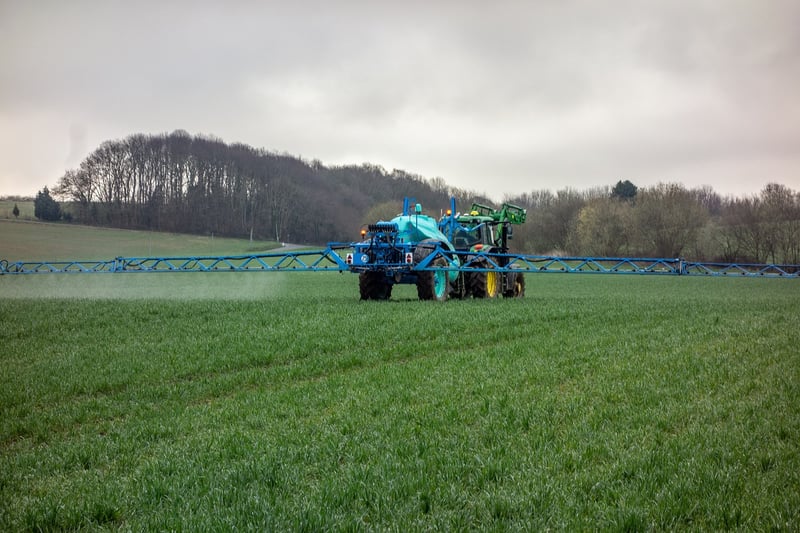Fertilizing Methods
Essential Plant Care Advice + Fertilizing Methods
Introduction
Proper plant care is essential for maintaining healthy and vibrant foliage. In addition to regular watering and adequate sunlight, fertilizing your plants is crucial to ensure they receive the necessary nutrients for optimal growth. Below, we explore some essential plant care advice and various fertilizing methods to help your plants thrive.
1. Watering
Watering is one of the most critical aspects of plant care. Different plants have varying water requirements, so it's essential to research the specific needs of each plant in your collection. Overwatering can lead to root rot, while underwatering can cause wilting and stunted growth. Ensure proper drainage to prevent waterlogging and water your plants when the top inch of soil feels dry.
2. Sunlight
Plants need sunlight to photosynthesize and grow. Place sun-loving plants in bright, indirect light and shade-loving plants in areas with filtered sunlight. Rotate your plants occasionally to ensure even growth on all sides and prevent them from leaning towards the light source.
3. Fertilizing Methods
3.1. Organic Fertilizers
Organic fertilizers are derived from natural sources like compost, manure, or bone meal. They release nutrients slowly, providing a steady supply to your plants. Organic fertilizers improve soil structure and promote beneficial microbial activity, enhancing overall plant health.

3.2. Synthetic Fertilizers
Synthetic fertilizers are chemical-based and provide a quick nutrient boost to plants. They are fast-acting and convenient to use. However, overuse of synthetic fertilizers can lead to nutrient imbalances in the soil and harm beneficial soil organisms.

3.3. Slow-Release Fertilizers
Slow-release fertilizers deliver nutrients gradually over an extended period, reducing the frequency of application. They are convenient for busy gardeners and help prevent nutrient leaching into the environment. Slow-release fertilizers provide a consistent nutrient supply to plants, promoting steady growth.

Conclusion
By following proper plant care practices, including watering, providing adequate sunlight, and choosing the right fertilizing methods, you can ensure your plants thrive and flourish. Remember to monitor your plants' growth and adjust your care routine as needed to meet their individual needs.
